Uruguay, a country known for its rich cultural heritage and vibrant traditions, boasts a diverse array of national and regional dances that reflect its unique history, multicultural influences, and lively spirit. From the passionate rhythms of tango to the energetic beats of candombe, Uruguay’s dances are deeply intertwined with its identity and offer a fascinating glimpse into its cultural tapestry. In this exploration, we will delve into the national and regional dances of Uruguay, uncovering their characteristics, cultural significance, and the stories they tell about the country’s heritage.
1. National Dances:
Uruguay’s national dances are iconic symbols of the country’s cultural identity and pride, representing a blend of indigenous, African, and European influences that have shaped its history and traditions. These dances capture the essence of Uruguay’s multicultural heritage and celebrate the nation’s spirit of unity and resilience.
Tango:
Tango, often regarded as Argentina’s national dance, also holds a special place in the hearts of Uruguayans and has become an integral part of the country’s cultural fabric. Originating in the Rio de la Plata region, which encompasses both Argentina and Uruguay, tango is a passionate and sensual dance that expresses love, longing, and desire through intricate footwork, dramatic poses, and intense emotional connection between partners.
Characteristics:
- Tango is characterized by its close embrace, with partners holding each other in a tight, intimate embrace as they move together in a fluid and graceful manner.
- The dance features intricate footwork, including quick steps, elegant sweeps, and sharp changes in direction, requiring precision, skill, and coordination from both partners.
- Tango music is typically played by a small ensemble known as a tango orchestra, consisting of a bandoneón (accordion-like instrument), violin, piano, and double bass, creating a moody and evocative sound that sets the mood for the dance.
- Tango lyrics often speak of love, passion, and the trials of life, reflecting the bittersweet emotions and complex relationships portrayed in the dance.
- Tango is performed in milongas, tango clubs, and social gatherings throughout Uruguay, where dancers of all ages and backgrounds come together to share their love for this iconic dance.
Candombe:
Candombe is a traditional Afro-Uruguayan dance and music style that originated in the Afro-Uruguayan communities of Montevideo and has become a symbol of Uruguay’s African heritage and cultural diversity. Rooted in the rhythms of African drumming and dance, candombe is a vibrant and energetic celebration of rhythm, movement, and community.
Characteristics:
- Candombe is characterized by its infectious beats, syncopated rhythms, and dynamic movements, which are performed by groups of drummers known as “comparsas” using large, barrel-shaped drums called “tamboriles.”
- The dance is accompanied by chanting, singing, and call-and-response vocals, with participants improvising lyrics and melodies that reflect the spirit of the moment.
- Candombe dancers, known as “esclavas” and “esclavos,” move to the rhythm of the drums, weaving in and out of the crowd with fluid movements, intricate footwork, and expressive gestures.
- The dance is often performed in parades, street festivals, and cultural events, where comparsas march through the streets, creating a spectacle of sound and movement that captivates audiences and celebrates Uruguay’s African heritage.
2. Regional Dances:
In addition to national dances, Uruguay is home to a variety of regional dances that showcase the cultural diversity and distinct traditions of different regions across the country. These dances often reflect the unique history, geography, and cultural influences of each region, offering a fascinating glimpse into Uruguay’s rich cultural tapestry.
Pericón:
Pericón is a traditional folk dance that originated in the rural regions of Uruguay and has become a popular feature of traditional festivals, celebrations, and social gatherings throughout the country. This lively and spirited dance is characterized by its joyful movements, colorful costumes, and energetic choreography, making it a favorite among dancers and audiences alike.
Characteristics:
- Pericón is characterized by its lively tempo, with dancers moving to the rhythm of upbeat folk music played by live bands or recorded music.
- The dance features a combination of group formations, partner dances, and solo performances, with dancers forming circles, lines, and intricate patterns on the dance floor.
- Pericón dancers often wear traditional costumes, including brightly colored dresses adorned with ruffles, lace, and floral patterns for women, and white shirts, pants, and hats for men.
- The dance is accompanied by lively footwork, hand-clapping, and rhythmic movements, with dancers often incorporating props such as handkerchiefs, ribbons, and castanets into their performances.
- Pericón is a social dance that brings people together in celebration, fostering a sense of community, camaraderie, and joy among participants of all ages and backgrounds.
Chámame:
Chámame is a traditional folk dance and music style that originated in the northern regions of Uruguay, particularly in the departments of Tacuarembó, Rivera, and Cerro Largo. Influenced by indigenous, European, and African musical traditions, chámame is a lively and rhythmic dance that celebrates rural life, nature, and the spirit of the countryside.
Characteristics:
- Chámame is characterized by its energetic tempo, with fast-paced rhythms and lively melodies played on traditional instruments such as the accordion, guitar, and percussion.
- The dance features a combination of partner dances, group formations, and solo performances, with dancers moving in sync to the rhythm of the music.
- Chámame dancers often wear traditional costumes, including embroidered shirts, vests, and skirts for women, and ponchos, hats, and boots for men, reflecting the rural and agricultural heritage of the region.
- The dance is accompanied by lively footwork, spins, and turns, with dancers often improvising movements and choreography to express the joy and exuberance of the music.
- Chámame is a popular feature of traditional festivals, rodeos, and cultural events in northern Uruguay, where it serves as a symbol of rural life, community spirit, and cultural pride.
Conclusion:
Uruguay’s national and regional dances are a vibrant expression of the country’s cultural heritage, diversity, and identity. From the passionate rhythms of tango to the energetic beats of candombe and the lively movements of Pericón and Chámame, Uruguayan dances offer a dynamic and colorful tapestry of traditions, stories, and rhythms. Whether performed at festivals, social gatherings, or community events, these dances serve as symbols of unity, pride, and resilience, bringing people together and celebrating the rich cultural tapestry of Uruguay.


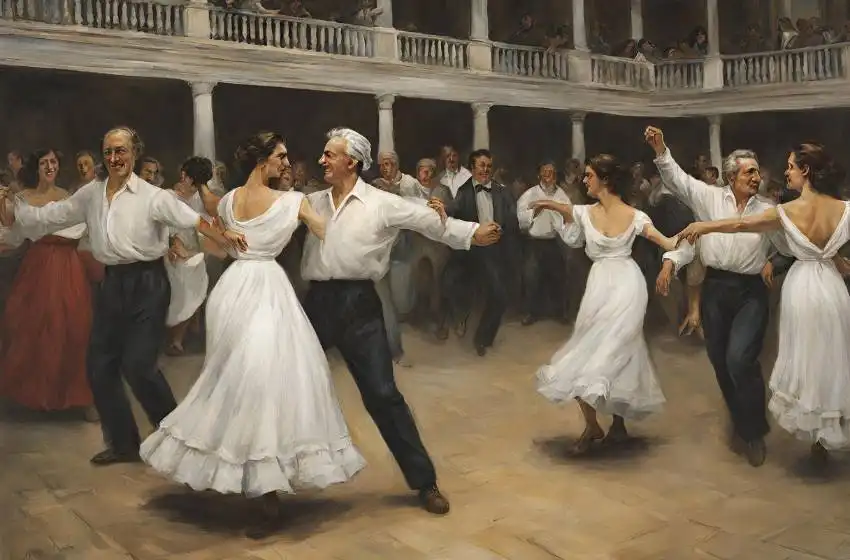
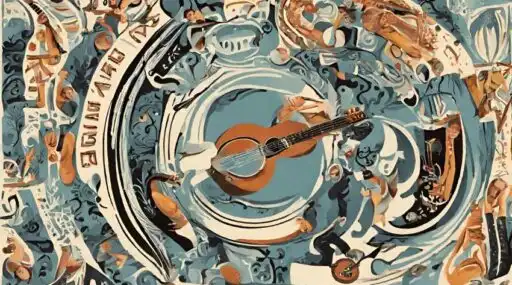
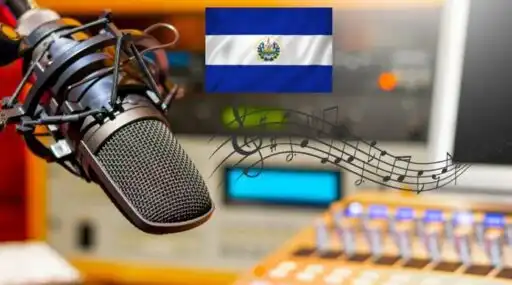
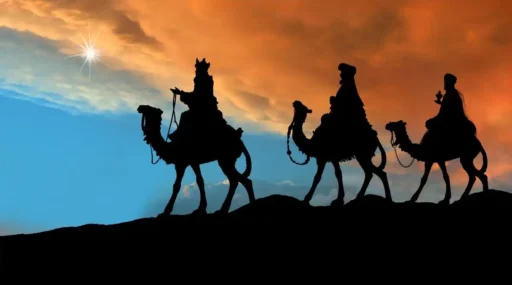

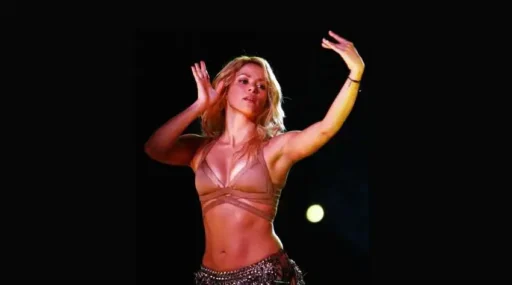
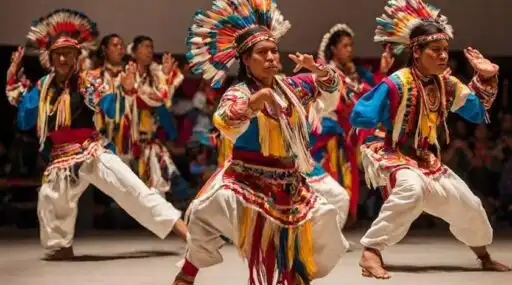
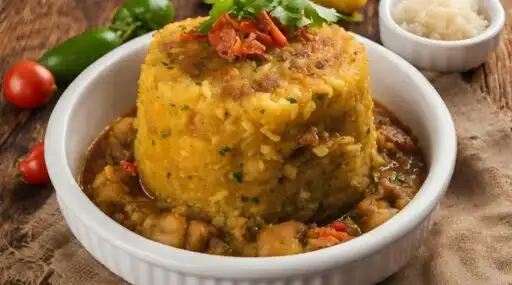


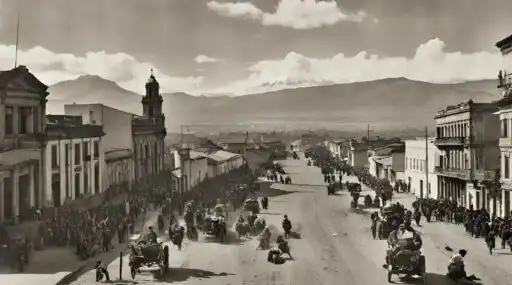

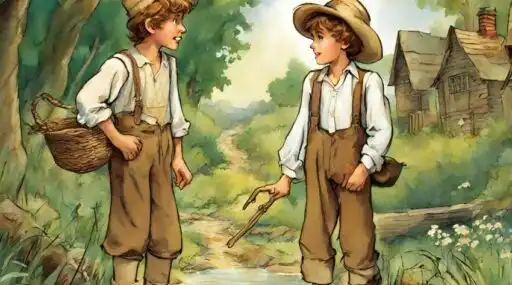
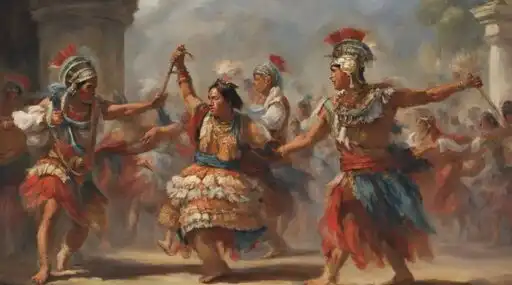


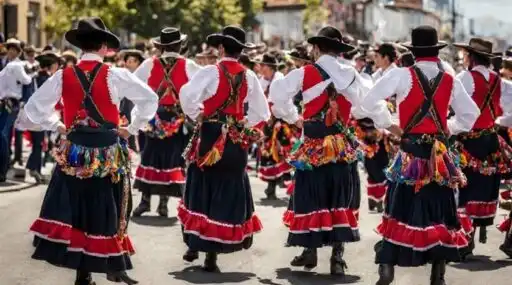

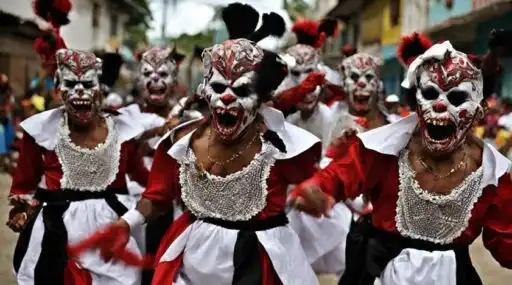
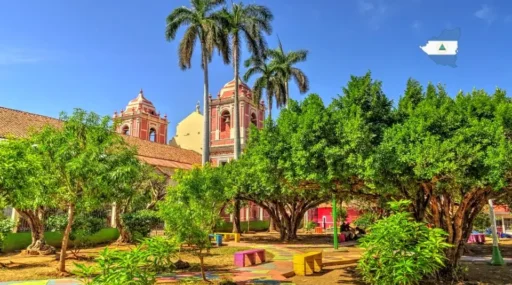

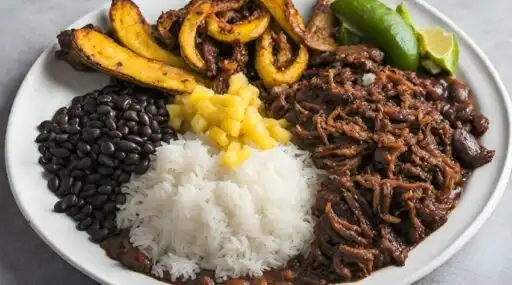

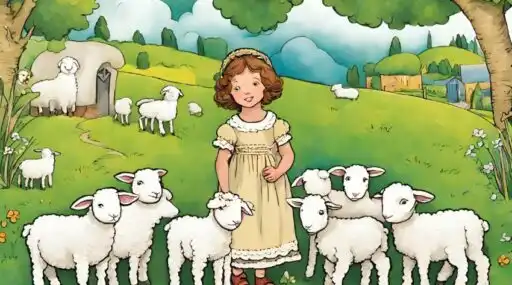
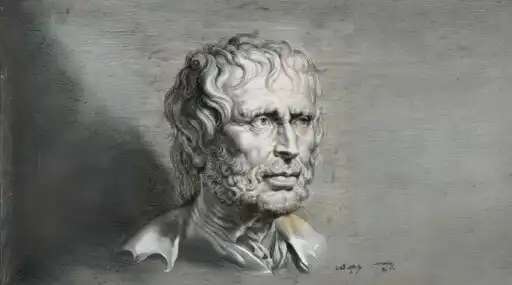
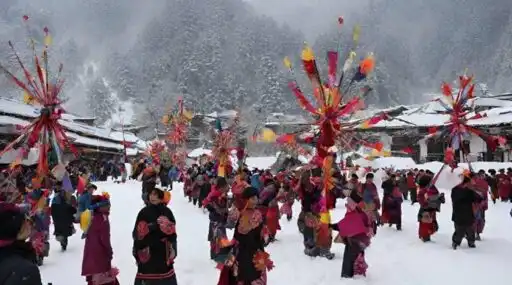

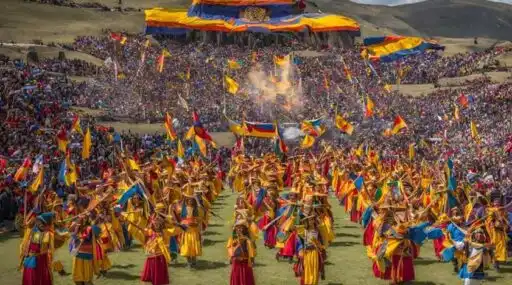
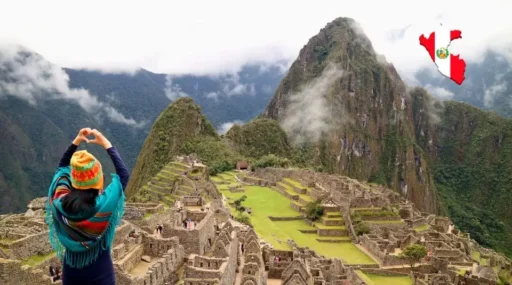
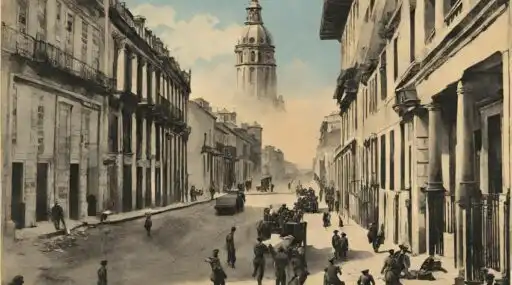
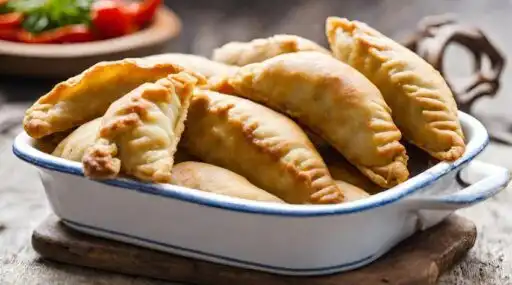
Leave a Reply